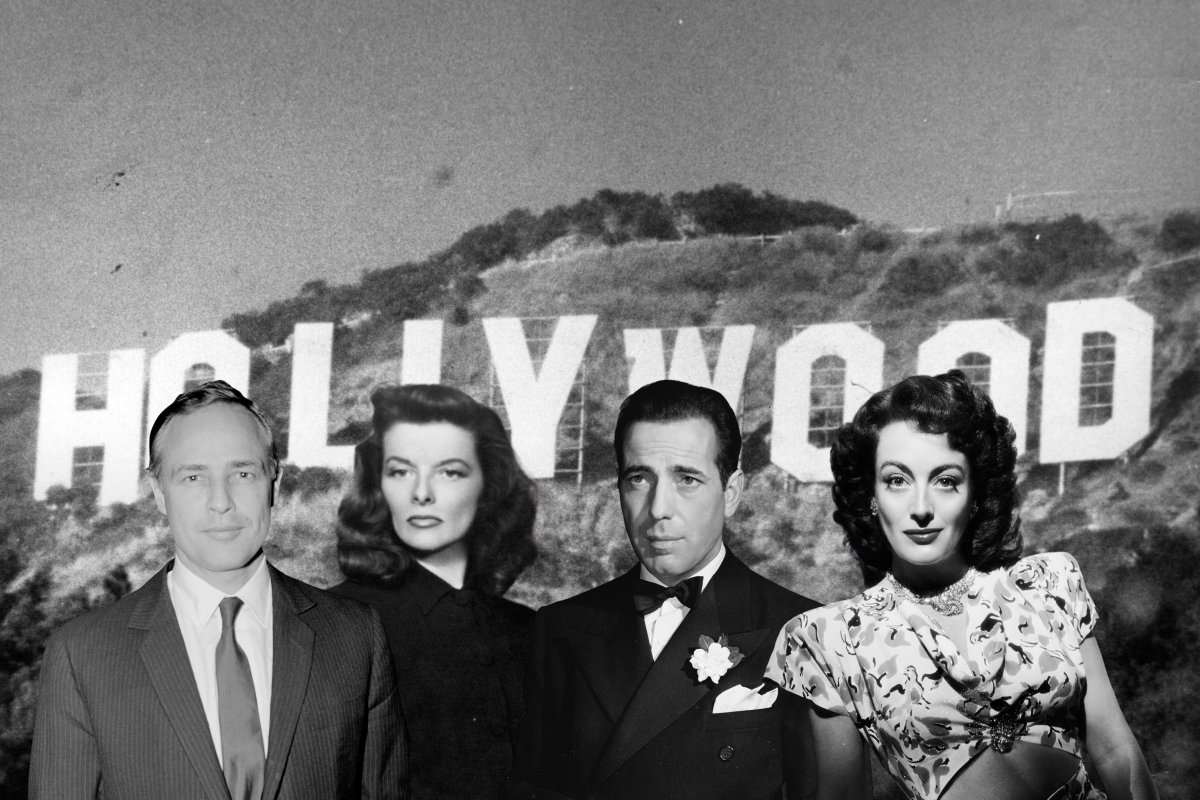While today's celebrities have the advantage of looking good thanks to social media filters and the lighting and effects used by movie studios, it goes without saying that they are an enviably youthful-looking bunch.
With each midriff-baring selfie uploaded by the likes of Jennifer Lopez and Halle Berry—two actresses in their 50s, no less—many a 20-something is likely inspired to ditch the doughnuts and jog to the gym.
However, this was not always the case. While watching the movie stars of yesteryear provides a nostalgic appreciation of classic good looks from eras past, they have one thing in common: looking older than today's actors of the same age.
Earlier this week, the internet had its collective mind blown when an image of Steve Martin and Diane Keaton in Father of the Bride Part II sparked a debate on what 45-year-olds looked like—and how they were portrayed—in the 1990s.

In the screenshot from the film, Martin, who was 50 when he appeared in the movie, is seen with gray, thinning hair, while Keaton, who was 49, sported a cardigan and pearls.
Compare that to such stars of today as Jessica Chastain, 45, and Andy Samberg, 44, and it's easy to see there's a glaring difference in how today's stars look, and also how we expect them to look.
Around the time that Chastain and Samberg were born, the now-classic musical Grease, which followed high schoolers in the late 1950s, was released. But, as has been well documented, none of the 1978 movie's main stars were teenagers. John Travolta was 23 when he played Danny Zuko, and Olivia Newton-John was 29 when she stole hearts as Sandy Olsson. Stockard Channing, who played their schoolmate Betty Rizzo, was 33 at the time.

Director Randal Kleiser revealed that he did a "crow's-feet" test at the time of casting to ensure that the actors appeared youthful enough to play the parts.
"I would get up close to them and see if they had any crow's-feet around their eyes, and that would show they were beyond the surreal age that we had determined would work," he told Vanity Fair in 2016. "High school kids could not have crow's-feet."
While casting actors older than their characters' ages continues to be a common practice, particularly in school-themed projects, there's no denying that the stars of today appear to be far younger than those of decades past.
So what has changed? For one thing, lifestyles. Stars half a century ago and in earlier eras celebrated their excesses, and chain-smoking (once considered safe) and heavy alcohol consumption were par for the course.
Today, the men and women we admire on the big screen often serve as de facto long-distance personal trainers and nutritionists for their fans, with their fastidious workout regimes and healthy eating plans dominating social media.
Along with better health care, a cultural shift across the board has also seen regular Americans eating better and consuming more water, which was led by Perrier's heavy marketing of imported water in the 1970s. As years went on, water coolers became commonplace, aiding healthier habits.
Another factor, which stars continue to be less than forthcoming about, is the surgical help many of them embrace to maintain a youthful appearance. Face-lifts, Botox and buccal fat pad removal are all methods for achieving a dream visage. Then there is the dental work that gives many stars dazzling smiles.
However, while these physical improvements have undoubtedly led to the more youthful celebrities we see today, a lot of it comes down to our own biases.
Earlier this year, Michael Stevens, who runs the Vsauce YouTube channel, uploaded a viral video titled "Did People Used To Look Older?" that sought to explain how we often see people of the past as older because of "retrospective aging."
While looking at images of people of the past, we often see them styled in ways that we would today view as outdated, from hairstyles to their choices of clothes and eyewear. As a result, we tend to see these people as having aged rapidly.
In life, as people age they tend to cling to the fashions of their youth, leading those younger than them to associate particular styles with certain age groups.
So while a young person wearing Buddy Holly–style glasses would have been considered trendy in the 1950s, time has drastically altered perspectives on what would be considered fashionable for today's youth.
While yesterday's stars may appear much older to us, it's not for a lack of trying on their part.
Heather Addison, chair and professor at the University of Nevada, Las Vegas' Film Department, said in an essay that Hollywood's "predilection for youth is a long-standing, widely acknowledged phenomenon."
In the article, which was published by the Journal of Cinema and Media Studies in 2006, Addison investigated Hollywood's "publicly constructed relationship to the process of aging," arguing that a "cult of youth was firmly established by the late 1920s.
"This cult of youth, which celebrated young adulthood as the most privileged period of life, was the product of a number of historical forces, including prevailing American views on aging; the demands of an emerging consumer culture; and concerns about the motion picture camera's propensity to highlight the physical signs of advancing age," she said.
Uncommon Knowledge
Newsweek is committed to challenging conventional wisdom and finding connections in the search for common ground.
Newsweek is committed to challenging conventional wisdom and finding connections in the search for common ground.
About the writer
Ryan Smith is a Newsweek Senior Pop Culture and Entertainment Reporter based in London, U.K. His focus is reporting on ... Read more





